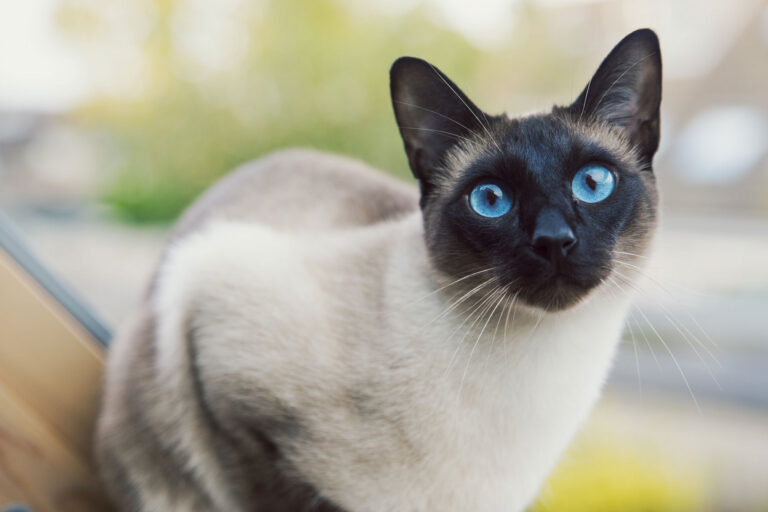What Should You Do About Common Cat Issues, like Scratching and Meowing

Cats, with their enigmatic personalities and independent nature, often leave their owners puzzled by their behaviors. From incessant meowing to destructive scratching, these common cat issues can test the patience of even the most devoted cat lovers. However, understanding the underlying reasons behind these behaviors and knowing how to address them can make all the difference in fostering a harmonious relationship between you and your feline friend. In this comprehensive guide, we’ll delve into some of the most prevalent cat issues and provide practical solutions to help you manage them effectively, ensuring a happier and healthier life for both you and your cat.
1. Understanding Cat Scratching Behavior:
Scratching is an innate behavior for cats, deeply ingrained in their instincts. Not only does it help them maintain healthy claws, but it also serves as a means of marking territory and stretching their muscles. However, when this behavior leads to damage to furniture and surfaces in your home, it can become a source of frustration for pet owners. To address this issue, it’s essential to provide your cat with appropriate outlets for scratching, such as scratching posts or pads, strategically placed in areas where they frequently scratch. Encourage positive scratching behavior by rewarding your cat with treats and praise when they use these designated surfaces, and discourage unwanted scratching by covering or applying deterrents to areas where they are not allowed to scratch.
2. Deciphering Excessive Meowing:
While meowing is a natural form of communication for cats, excessive meowing can be a sign of underlying issues that require attention. Hunger, loneliness, boredom, or even stress can all contribute to excessive vocalization in cats. Begin by ruling out any potential medical causes for your cat’s behavior by scheduling a visit to the veterinarian. Once medical issues have been addressed, focus on providing your cat with mental and physical stimulation to keep them engaged and content. Interactive play sessions, puzzle toys, and environmental enrichment can all help reduce excessive meowing by providing your cat with outlets for their energy and attention.
3. Dealing with Litter Box Problems:
Litter box issues are among the most common complaints of cat owners and can stem from a variety of factors, including litter box cleanliness, location, and type of litter used. Start by ensuring that the litter box is kept clean and scooped regularly, as cats are notoriously fastidious creatures. Additionally, consider the type of litter you are using and experiment with different textures and varieties to find one that your cat prefers. The location of the litter box is also crucial; it should be placed in a quiet, accessible area away from high-traffic areas of the home. Address any changes in your cat’s environment or routine that may be causing stress and contributing to litter box aversion, and provide multiple litter boxes in multi-cat households to prevent territorial disputes.
4. Managing Aggressive Behavior:
Aggression in cats can take many forms, from swatting and biting to hissing and growling. Understanding the underlying triggers for your cat’s aggression is essential for managing this behavior effectively. Cats may become aggressive due to fear, territoriality, redirected aggression, or pain. Begin by providing your cat with plenty of outlets for their energy through regular play and exercise. Avoid reinforcing aggressive behavior by punishing your cat, as this can escalate the situation and erode trust between you and your pet. Instead, use positive reinforcement techniques to encourage calm and non-aggressive behavior, and seek guidance from a professional behaviorist if needed.
5. Addressing Excessive Grooming:
Grooming is a natural behavior for cats, but excessive grooming can indicate underlying issues such as skin allergies, parasites, or stress. If you notice your cat grooming excessively, schedule a visit to the veterinarian to rule out any medical causes. Once medical issues have been addressed, focus on providing your cat with a stimulating and enriching environment to help alleviate stress and redirect their grooming behavior. Interactive toys, puzzle feeders, and vertical climbing structures can all help keep your cat mentally and physically engaged, reducing the need for excessive grooming.
6. Handling Separation Anxiety:
Contrary to popular belief, cats are not solitary creatures and can experience separation anxiety when left alone for extended periods. Signs of separation anxiety may include excessive vocalization, destructive behavior, or inappropriate elimination. To help your cat cope with separation anxiety, gradually acclimate them to being alone by leaving them alone for short periods and gradually increasing the duration over time. Provide plenty of mental and physical enrichment to keep your cat stimulated and engaged while you’re away, and consider leaving behind comforting items such as blankets or clothing with your scent to help soothe your cat in your absence.
7. Seeking Professional Help:
If you’re struggling to address common cat issues on your own, don’t hesitate to seek professional help. Veterinarians, animal behaviorists, and certified cat behavior consultants can offer valuable guidance and support tailored to your cat’s specific needs. Whether it’s addressing medical concerns, implementing behavior modification techniques, or creating a personalized management plan, professional assistance can make a significant difference in managing and resolving common cat issues effectively.
Managing common cat issues like scratching and meowing can be challenging, but with patience, understanding, and the right strategies, it’s possible to address these issues and foster a harmonious relationship with your feline friend. By understanding the underlying reasons behind your cat’s behavior and implementing appropriate solutions, you can create a supportive environment that promotes your cat’s physical and emotional well-being.

Dr. Lorie Wiltse’s path to veterinary medicine was marked by a great desire for excellence and a dedication to advance the profession of neurology.
Subscribe my Newsletter for new blog posts. Stay updated from your inbox!









